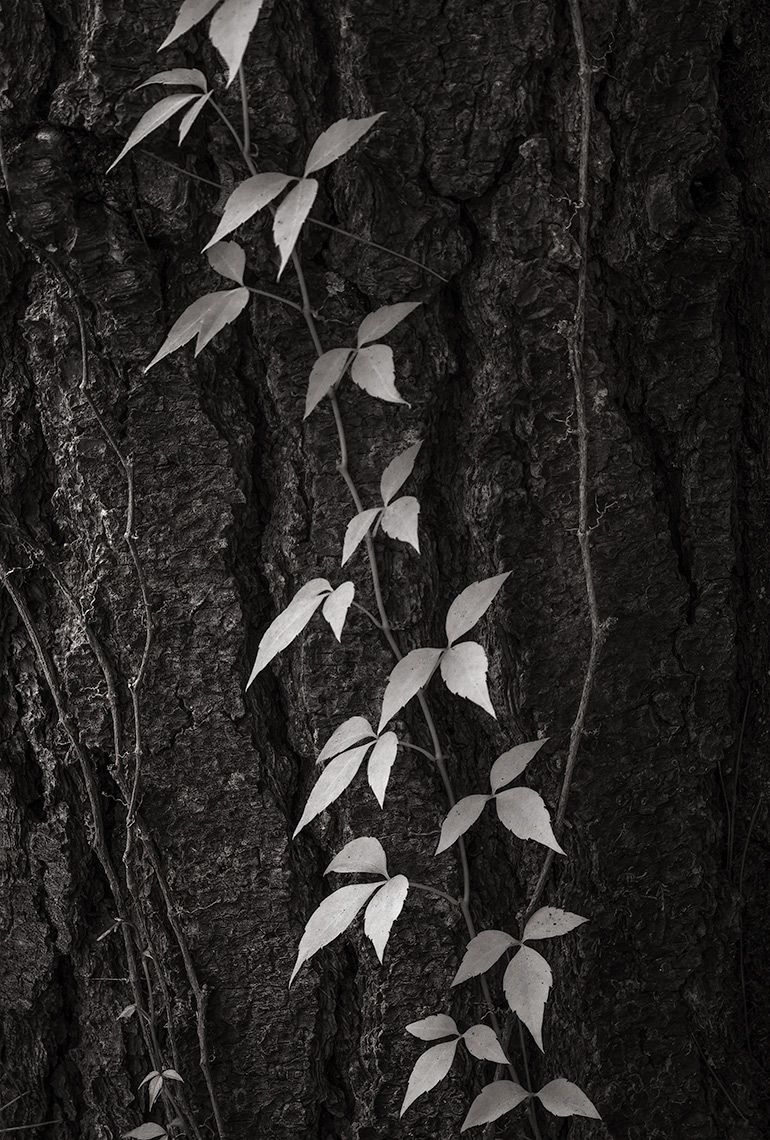Exploring the Islands’ Interior
by: Chris Murray
Whether one is a first-time visitor to the Thousand Islands or a lifelong resident, the views along the River never fail to fascinate. It is of little surprise that most photography in the Thousand Islands is focused on the River, be it from land, water, or air. It is an area famous for stunning sunrises and sunsets, Great Blue Herons perched on rocks at water’s edge, and cobalt blue waters dotted with granite-ringed islands for which the region is known. As someone who has photographed the Islands for the past twenty years, I, too, have not been immune to the beauty of the open water and sky. And yet, in recent years my attention has gradually shifted toward the woodlands, meadows, and wetlands that comprise the islands and mainland interior.





Photographers and the public alike often overlook the islands’ interior landscape. The obvious beauty of the area is in the views along the River’s edge. I commonly find summer and year-round residents who have never explored the Minna Anthony Common Nature Center trails on Wellesley Island or those of the Thousand Islands Land Trust preserves. It’s a shame. There is much beauty to be found exploring inland from the shoreline. However, my interest in the interior landscape goes deeper than that.

Although I live along the shore of a vast and picturesque river, I confess to feeling more at home amongst the trees. There is an intimacy I find comforting. When I explore the woodlands, I am immersed in the scene. It surrounds me. I feel as if I am part of it. Conversely, when standing on the shore, I feel as if I am on the outside looking in. Or out, as the case may be. I am on the edge rather than inside, separated from what I am photographing, an outside observer almost. As such, I find the photographic opportunities to be limited along the shore, whereas in the woods there is an endless variety of scenes to explore, from large-scale to intimate. Nature’s details abound and with them opportunities for creative expression.

The islands have distinct ecosystems depending on geology, location, and size. The arid, upriver ends of the larger islands are characterized by white pine, oak, hemlock, and my favorite, pitch pine, all underlain by ancient Precambrian rock of the Frontenac Arch. The less dry areas consist almost entirely of stands of maple, hickory, and red cedar, among other hardwoods. The transition between the two ecosystems is often sudden, depending on the geology. Sprinkled among the woodlands are meadows of wild grasses and occasional wetlands. Here, light from the open meadows illuminates the edge of the woods, creating a delicious transition from light to shadow. The wild grasses, bending under their weight and wind, resemble waves on the open water. It is a unique and fascinating blend of scenes and subject matter that invites me to explore deeper.

For more information on where to explore the woodlands of the Thousand Islands region, visit https://www.macnaturecenter.com/ or https://tilandtrust.org/explore/maps-trail-guides.
By Chris Murray
Chris Murray is a photographic artist, instructor, and writer working primarily in the landscape of his home, the woods, lakes, mountains, and streams of New York State. For the past four years he has been one of our TI Life Photo Contest judges. His work has appeared in several magazines including Popular Photography, Shutterbug, Adirondack Life, Life in the Finger Lakes, New York State Conservationist, and On Landscape, among others. He is a staff instructor with the Adirondack Photography Institute. He has also written more than a dozen TI Life photography articles titled Depth of Field. You can see all of Chris' TI Life here and for more and to subscribe to his blog visit https://chrismurrayphotography.com/.






Please click here if you are unable to post your comment.